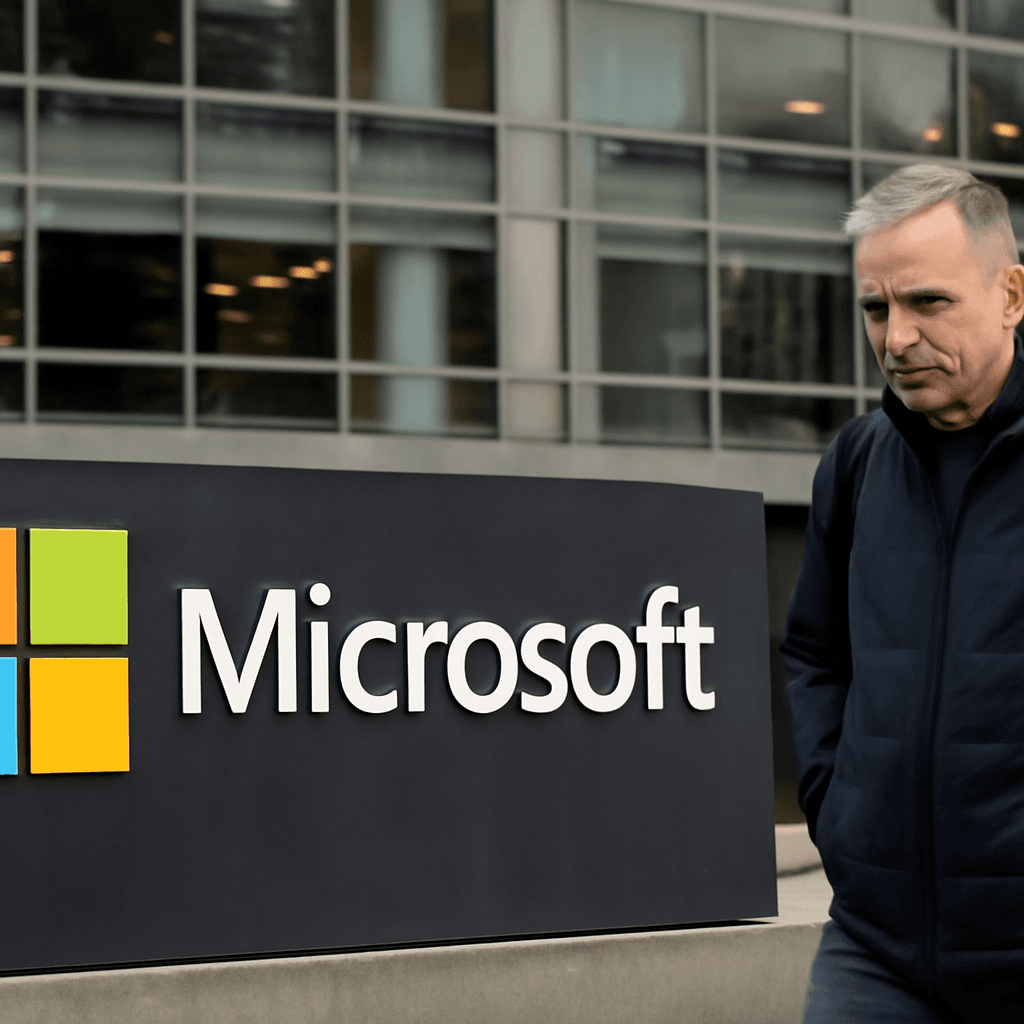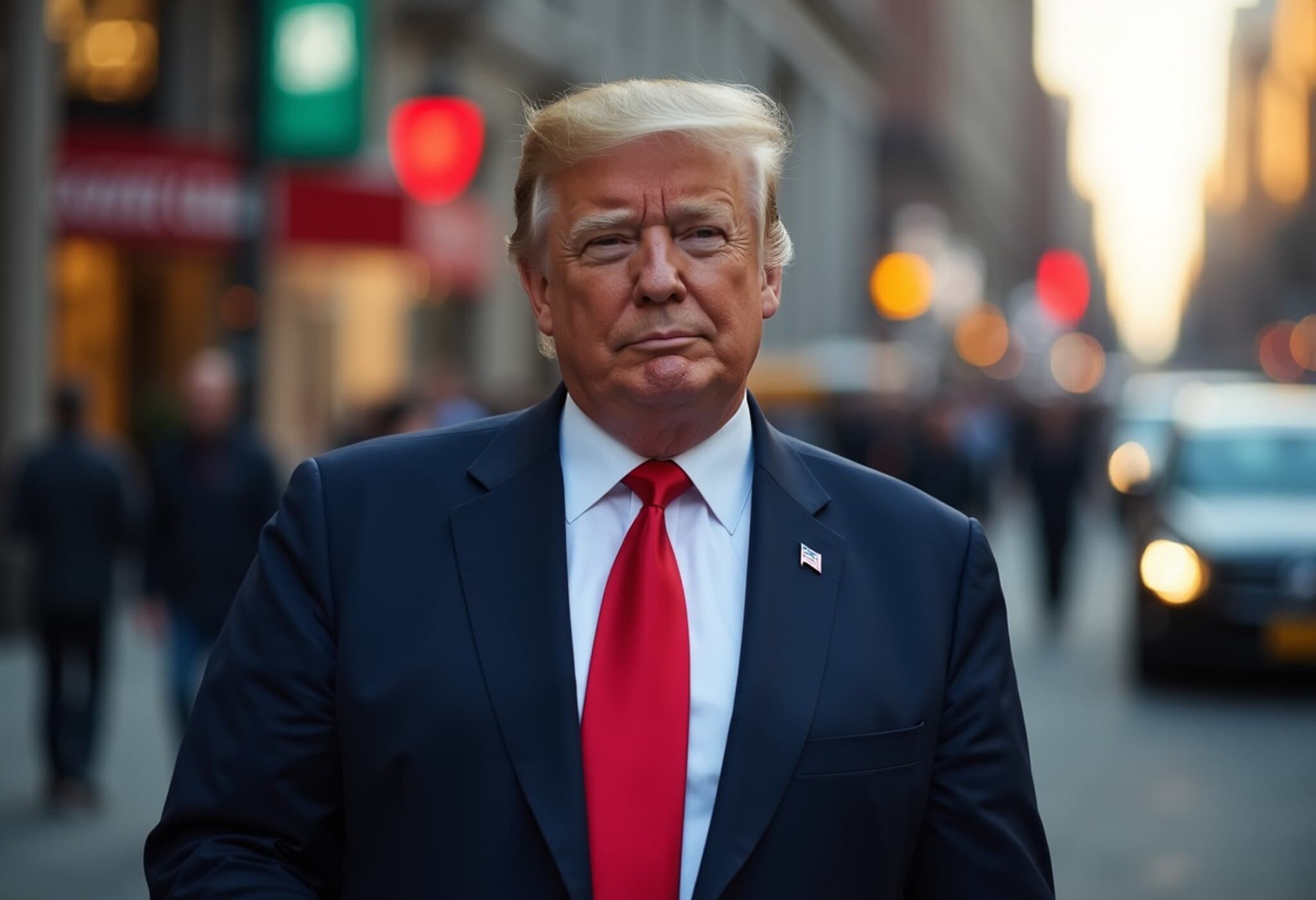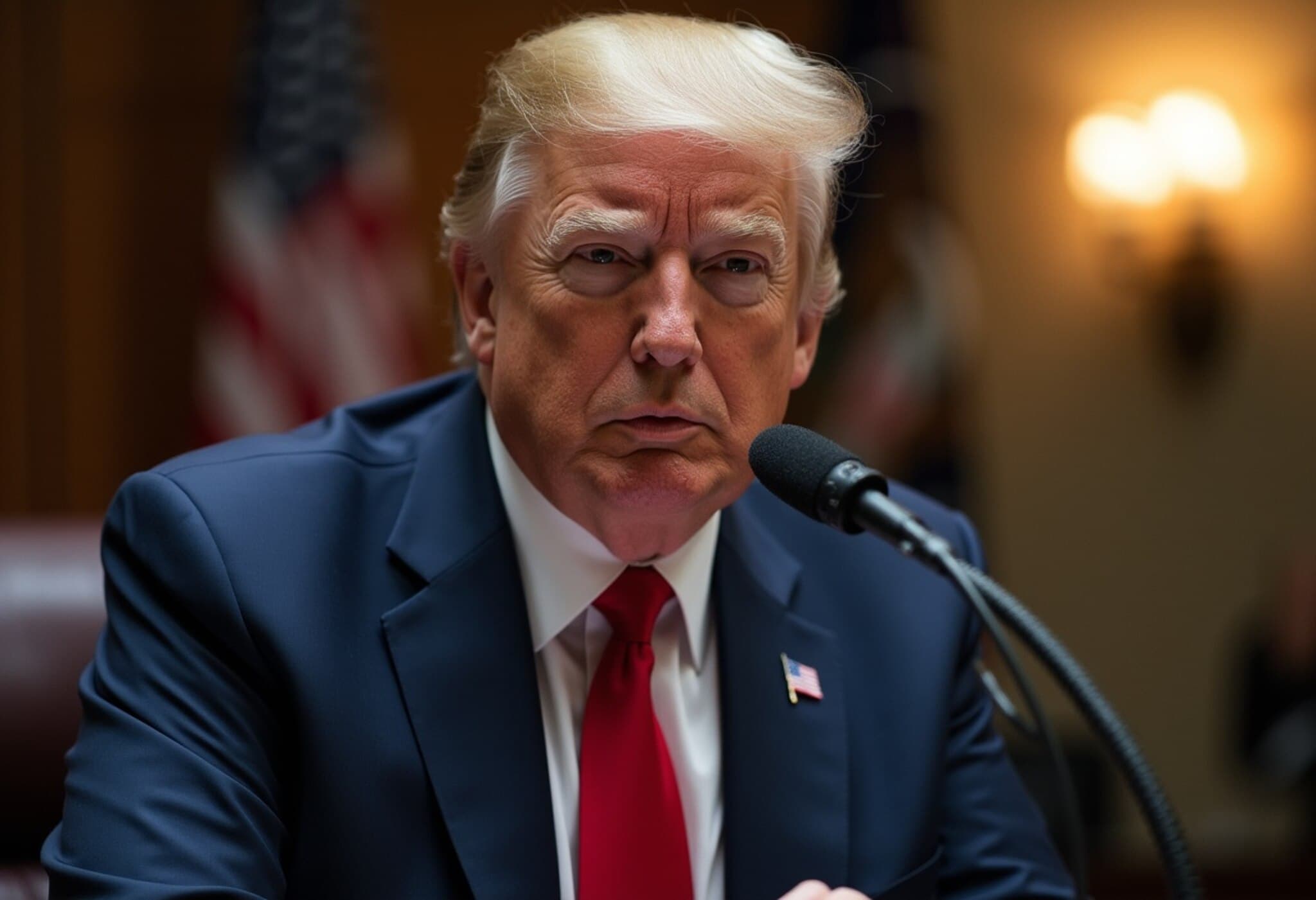America's Workforce Landscape in 2025: A New Chapter
After years marked by persistent labor shortages aggravated by the pandemic and a rapidly evolving technological landscape, 2025 signals a pivotal turning point in the U.S. workforce scenario. Thanks to the confluence of a cooling economy, more people re-entering the labor force, and the transformative impact of artificial intelligence automating tasks, the nationwide labor supply has begun to catch up with demand.
According to recent data from the U.S. Chamber of Commerce, by May 2025, approximately 7.2 million workers were available for about 7.4 million jobs. This near parity is a dramatic improvement from the 'Great Resignation' years of 2021 and 2022, when millions of positions went unfilled. However, not all states are experiencing this shift evenly, and regional discrepancies underline the complexities businesses face when choosing expansion sites.
Why Workforce Quality Matters More than Ever
For corporations evaluating site locations, a state's workforce vitality isn't just a factor—it's often the decisive factor. Beyond sheer numbers, qualities like educational attainment, STEM proficiencies, career training programs, and labor regulations weigh heavily in these decisions. The annual CNBC America's Top States for Business study offers an insightful lens by ranking states on workforce strength among ten critical metrics.
This year’s workforce category accounts for about 13% of the total competitiveness score, capturing nuances from skill diversity to worker productivity and migration trends.
The 2025 Workforce Champions: A State-by-State Breakdown
Below are the ten states excelling in nurturing and attracting talent, each blending unique policies and demographic strengths to outperform peers.
10. Tennessee: Vocational Training as an Engine of Employment
Tennessee stands out with one of the highest successful job placement rates in its state-sponsored worker training programs, hitting over 82% employment within six months post-training. Innovative initiatives like the Governor's Investment in Vocational Education (GIVE) funnel $25 million annually into partnerships between industries and educational institutions, knitting a practical skills pipeline. The state's focus on career credentials (35.4%) and a moderate STEM worker presence (5.3%) reflects a balanced approach.
9. Utah: The Beehive Buzz of STEM and Training
Known as the “Beehive State” for its industrious spirit, Utah boasts a high STEM worker concentration (7.9%) and an ambitious training delivery—200,000 specialized hours since 2019—for emerging advanced industries. Despite a net migration rank of 48, its educated workforce (36.9% with bachelor’s degrees or higher) positions it as a rising star.
8. Connecticut: Productivity Meets Education
Connecticut's workforce is among the nation's most productive, generating over $171,000 per job in economic output last year. This is fueled by a highly educated workforce where 41.9% hold a bachelor's degree or more. Although not a right-to-work state, its investment in career education certificates adds value to its economic ecosystem.
7. Colorado: Battling Shortages with Bold Education Policies
Colorado ranks second nationally in adult educational attainment (44.7%). Yet, it faces looming shortages exacerbated by retiring baby boomers. Recent legislative moves, including tuition tax credits for families earning up to $90,000, demonstrate a proactive stance to grow the talent pool. The state’s 9.3% STEM workforce and a growing career credential pipeline strengthen its adaptability.
6. Arizona: A Magnet for Educated Migrants Amid Training Challenges
The Grand Canyon State attracts educated individuals—with nearly 92,000 adults holding bachelor's degrees or higher moving in 2023. Arizona balances STEM fields with skilled trades but faces hurdles as over 25% of trainees do not find immediate employment after training, spotlighting areas for programmatic improvement.
5. Washington: Productivity and STEM Leadership
Washington shines with the highest worker productivity nationally, generating $191,000 per job on average. It leads in STEM concentration (10.5%), propelled by community initiatives that introduce STEM subjects early, engaging over 10,000 students statewide in 2024. Career education credentials are also strong at 43.8%.
4. North Carolina: The Rising Tar Heel Hub
With a net migration rank of 3rd, North Carolina is fast becoming a talent hub. Coupled with projected job growth of half a million positions by 2032, the state features an encouraging blend of educational achievement and career-oriented learning, where over 41.9% of credentials awarded are career-focused.
3. Georgia: Workforce Development through Career Education
Georgia leads nationally in career education credentials, with nearly 43% of post-secondary awards being associate degrees or industry certificates. This complements a strong adult educational base (34.2% with bachelor's or higher) and signifies a dual focus on vocational skills and higher education.
2. Florida: The Migration Magnet with Effective Workforce Programs
Florida tops net migration charts, with over 86% of trainees in worker programs securing jobs within six months, ranking 5th nationally for training effectiveness. Nearly half of all credentials awarded (49.3%) are career-focused, reflecting concerted efforts to ensure newcomer success in a booming labor market.
1. Texas: Bigger, Better, and Richer Pool of Talent
Texas claims the best workforce overall in 2025. The Lone Star State's remarkable influx of talent coincides with a robust homegrown pipeline—over 70% of Texas high school students pursue career-related fields. With a sizeable STEM concentration (7.1%) and high productivity ($153,000 per worker), Texas exemplifies scale and quality combined. However, managing training programs remains challenging amidst its vast labor pool of 14 million workers.
Expert Insights and Policy Implications
Tom Stringer, a leading site selection expert at Grassi Advisors, underscores the necessity of a comprehensive government strategy to equip Americans with technical skills: "The employment base isn't sufficient as-is. We need coordinated efforts across sectors to train and integrate workers nationally." As AI continues altering job landscapes, investment in vocational and technical education becomes critical to bridging remaining skill gaps.
Moreover, labor laws—such as right-to-work policies and union dynamics—play nuanced roles shaping workforce fluidity and employer appeal, requiring balanced approaches to optimize growth while protecting workers’ rights.
Looking Ahead: Navigating an Evolving Workforce Terrain
Even as national labor shortages ease, the depth and quality of talent remain uneven across states. Businesses must weigh not only how many workers are available but also workers’ skills, productivity, and adaptability to emerging industries. States like Texas and Florida prove that scale and migration draw can be powerful magnets, while places like Colorado and Georgia highlight the impact of focused career education and training.
As technology reshapes job nature and geographic distribution of talent evolves, policymakers and corporate strategists alike face pressing questions: How can training align more closely with industry needs? What roles do incentives and education reforms play in building resilient workforces? And critically, how can states ensure equitable workforce development to sustain long-term economic vitality?
Editor’s Note:
The 2025 workforce landscape reveals a complex story of recovery, transformation, and opportunity across America. While AI and migration trends have eased raw labor shortages, skill mismatches and regional disparities persist. To sustain this momentum, states must innovate in education, training, and labor policy — balancing immediate business needs with inclusive strategies that prepare workers for tomorrow's economy. Readers are encouraged to consider how these dynamics might shape local economies, career choices, and policy debates moving forward.



















